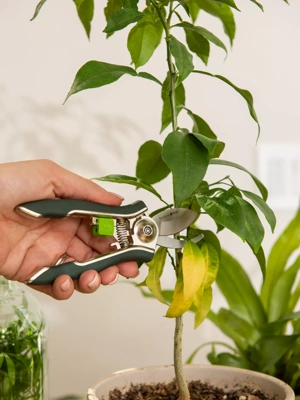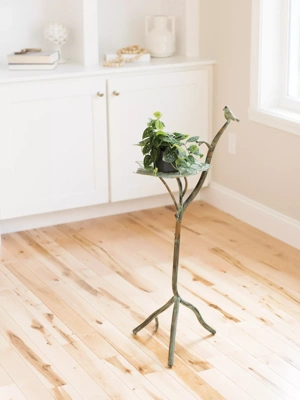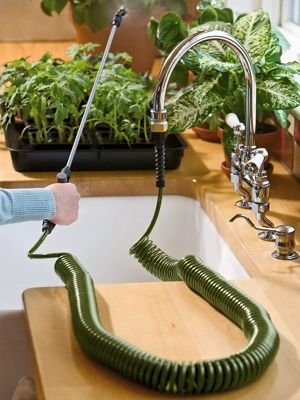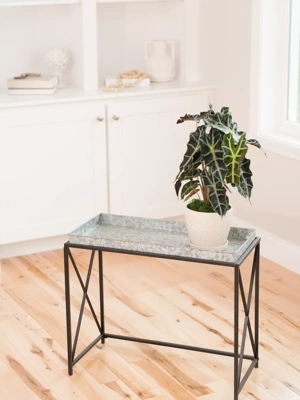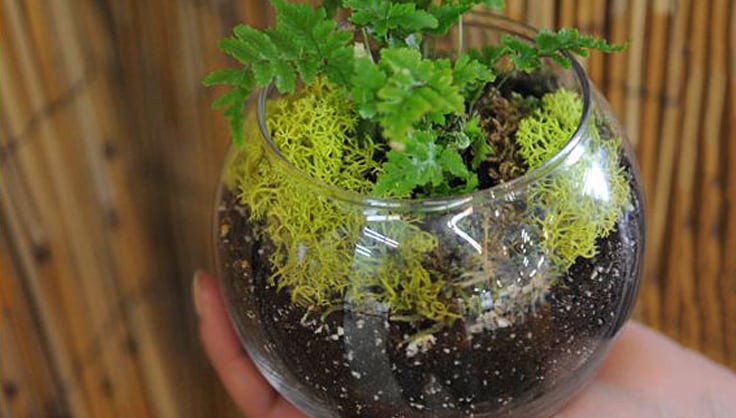How to Care for a Epiphytes Plant
Epiphytes are fascinating plants that grow on other plants (like trees) but are not parasitic. Instead, they use their hosts for support and access to sunlight, absorbing moisture and nutrients from the air and rain. This unique lifestyle makes them a captivating addition to any indoor garden. Some common examples include orchids, air plants (Tillandsia), and certain types of ferns and bromeliads. They come in a wide range of colors and forms, adding a touch of exotic elegance to your home.
Recommended Types
Popular epiphytes like Phalaenopsis orchids, Bromeliads, and Tillandsia (air plants) are great for beginners. Staghorn ferns are also fascinating but might require a bit more care.
How to Care for Epiphytes
Caring for epiphytes can be a unique and rewarding experience. Here's how to provide the best care for these special plants:
Light
Most epiphytes thrive in bright, indirect light. Direct sunlight can be too harsh, but they do need a good amount of light to flourish.
Soil
Epiphytes typically don't need traditional soil. Instead, they're often mounted on pieces of wood or bark or grown in a loose, well-draining medium like orchid bark mix.
Fertilizing
Use a balanced, water-soluble fertilizer diluted to half strength, about once a month during the growing season. Over-fertilizing can harm these delicate plants.
Watering
This varies widely among epiphytes. For air plants, soaking them in water for a few hours every week might suffice. Orchids in bark mix typically need watering once a week. Always allow any excess water to drain away.
Pruning
Minimal pruning is needed. Remove any dead or damaged leaves or flowers to keep the plant healthy and encourage new growth.
Repotting
Epiphytes need repotting every few years. For orchids, repot when the bark medium breaks down. Air plants don’t need repotting but may need remounting as they grow.
Propagation
Many epiphytes can be propagated by division or by removing and replanting pups (small offshoots from the parent plant).
Common Problems with Epiphytes
While generally low-maintenance, epiphytes can face some issues:
Pests and Diseases
Watch for signs of pests like scale, mealybugs, and spider mites. Treat infestations promptly with appropriate measures.
Toxicity
Most epiphytes are non-toxic, but it's always best to check the specific type of plant, especially if you have curious pets or children.
Epiphytes FAQs
How do I know if my epiphyte is getting enough light?
If your epiphyte's leaves are dark green and it's not flowering, it may need more light. If the leaves are bleached or scorched, it's getting too much direct sunlight.
Can epiphytes survive in low humidity?
While they prefer high humidity, many can adapt to average home humidity levels. Regular misting can help increase humidity.
Should I mist my epiphytes?
Misting can be beneficial, especially for air plants and those mounted on bark. It helps increase humidity and mimics their natural environment.
In conclusion, caring for epiphytes is a unique and enjoyable aspect of indoor gardening. These fascinating plants bring an exotic and natural feel to your space, and with the right care, they can thrive and bring joy for years. Whether you're a seasoned gardener or just starting out, epiphytes are a wonderful way to add a touch of the tropics to your home. Happy gardening!
Last updated: 02/09/2024
Print this Article:
Related items
Related Articles
Get the Dirt
Stay up to date on new articles and advice. Please fill out the information below.


